How and where can I catch Tigerfish on the fly
Few people can say they have had the opportunity to tackle the mighty tigerfish on a fly. Many avid fly anglers might not even be aware that such a fish exists. But all walk away from the experience with a new respect for freshwater fly-fishing and what Africa has to offer. This special place is no secret, yet many who pass over do not know what lies beneath the water. The Zambezi is renowned as an excellent safari destination, and most travelers explore the wilds of this area for leopard and lion. However, there is another creature that will keep you coming back for more – the tigerfish.
The following is an extract from Wikipedia on the specifics of the Zambezi.
The area of the Zambezi basin is 1,390,000 square kilometres (540,000 sq mi), slightly less than half that of the Nile. The 2,574 kilometre long river (1,599 mi) rises in Zambia and flows through eastern Angola, along with the eastern border of Namibia and the northern border of Botswana, then along the border between Zambia and Zimbabwe to Mozambique, where it crosses the country to empty into the Indian Ocean.
The Zambezi River is the fourth largest river in Africa and is home to one of the continent’s most sought-after freshwater game fish, the tigerfish (Hydrocynus vittatus). Sometimes called the “striped water dog,” the tigerfish is a highly aggressive predator that feeds on baitfish. This species prefers warm well-oxygenated fast waters, making the Zambezi some of the best tigerfish waters in Africa. The tigerfish, which is one of the fastest freshwater game fish, is fierce fighting, puts on a dramatic display of acrobatics upon capture, and is the ultimate challenge for a fly-fisherman.
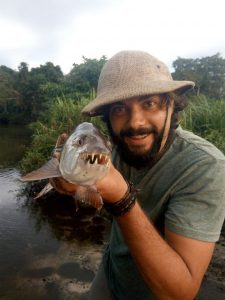
While tigerfish can weigh as much as 30lb, a good catch will weigh between 12lb and 18lb. Both the Upper Zambezi – the section of river above the Victoria Falls – and the Lower Zambezi offer excellent opportunities to lure the tough tigerfish. Of all the freshwater species I have encountered on a fly, the tigerfish has been by far the most exciting. Not to mention the surroundings, offering excellent game viewing and birding in a remote wilderness.
Best months for tiger fishing are from July to November when the water level of the Zambezi is low and nearing the end of the dry season. The lack of water concentrates predator and prey giving you a better chance of catching quality fish.
There are several hundred fish species in the Zambezi. The Upper Zambezi has more than double the species compared to the Lower Zambezi; the reason for this massive divide is the Victoria Falls, which for a fish is an impenetrable barrier. The most notable species a fly fisher will encounter are tilapia, bream, catfish, yellowfish and our target species, the tigerfish. The flies you will be using are large minnow imitations. Tigerfish are aggressive predators and will react to colour and movement of flies much like a brown trout or a bass would. Streamers and Clouser Minnows have been the most successful over the years and fishing darker patterns in the morning and evening and lighter patterns in the brighter parts of the day is a good go-to rule of thumb.
The Upper Zambezi
The most notable feature of the Upper Zambezi is the Barotse Floodplain, which provides a thriving ecosystem for all aquatic life in this section of the river. The floodplain prevents any form of permanent settlement in the area, which keeps the ecosystem free of pollution, over-fishing, and commercialisation. The Upper Zambezi ends at Victoria Falls where the river cascades down the great rift on the border of Zimbabwe and Zambia.
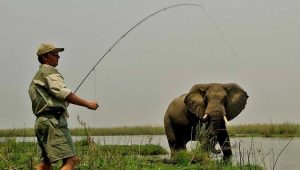
The Lower Zambezi
The Lower Zambezi, with its majestic views of the Zambezi escarpment, is another targeted destination for anglers intent on pitting their wits against the combative tigerfish. This section of the river, which is located in the south-eastern part of Zambia, flows alongside the pristine 4100 km² Lower Zambezi National Park. The park has strict regulations governing the number of boats that are allowed to be on the section of the river. The Lower Zambezi National Park provides the perfect opportunity.
While fishing within the park’s borders is better, as the fish are protected from netting and over-fishing, fishing outside the park is still good, albeit less exclusive.
Gear to tackle tigerfish
Catching a tigerfish on a fly rod is a David vs Goliath battle. (“David” is the name of our 8wt fly rod that joins our guests on their tigerfish safaris)
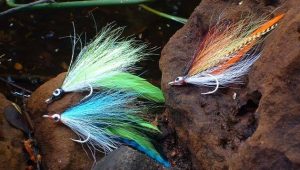
A strong rod 8wt and larger is perfect for tigerfish, these are often saltwater fly rods with a strong action designed to cast heavy lines and battle strong fish. The tigerfish, arguably one of the strongest freshwater fish species in the world, requires lots of backing. Often fast sinking lines are preferred to get one’s streamers down deep. The streamers used are baitfish patterns of various colours. Strong 1x or 2x tippets or even wire traces are effective.
We have excellent camps and lodges along the Lower Zambezi, like the Sausage Tree Camp with not only excellent fly-fishing but game viewing safaris too. We would love to share some trip ideas with you for your next fly-fishing or safari adventure.


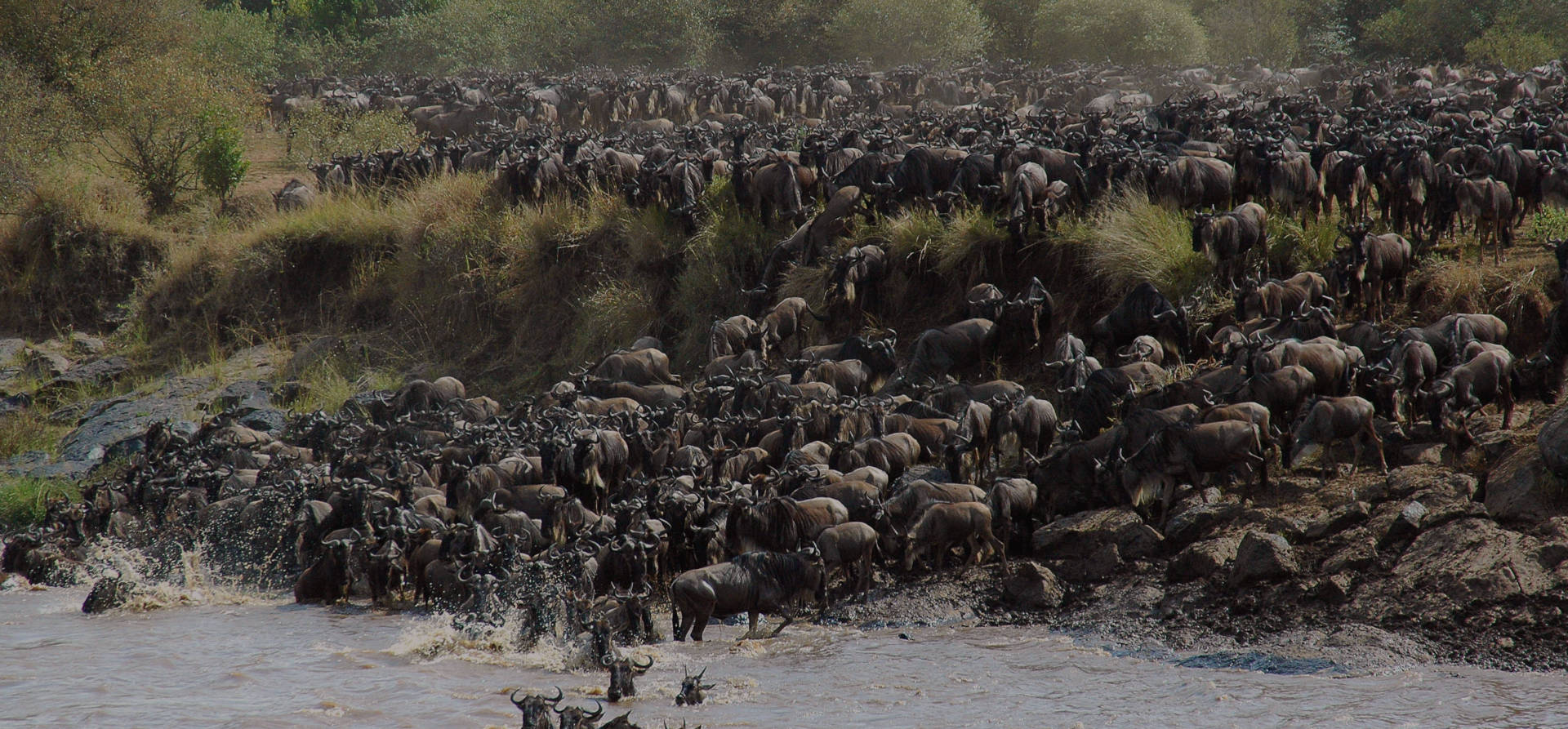
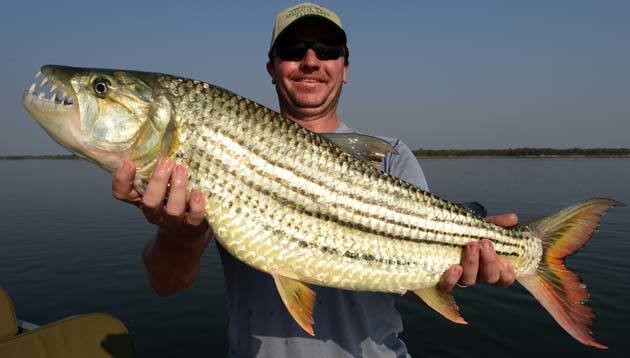
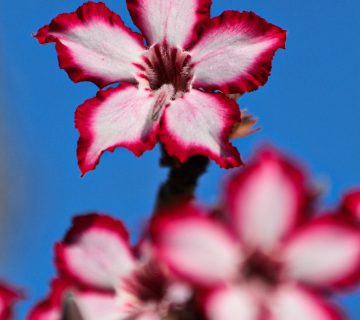
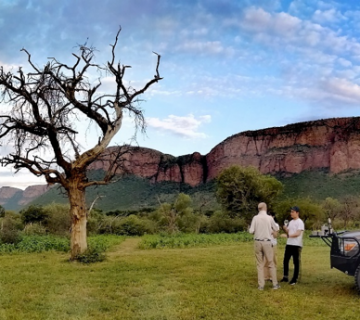
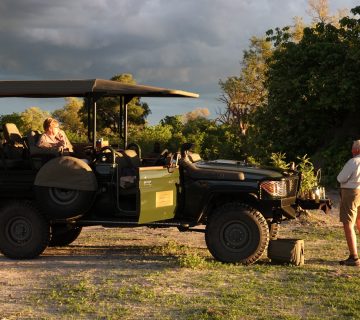

I love it when people come together and share ideas.
Great site, continue the good work!
Hi. I’m glad he found cusafaris.com website, I really like it, the article is
very useful and I shared it! In order to survive
the hard times ahead we found 2 very good books,
you can download them here: https://bit.ly/2RlAHdb and here:
https://bit.ly/3e3Bg59
Great success with this site!
Wonderful article! We will be linking to this great article on our website.
Keep up the great writing.
Like!! Really appreciate you sharing this blog post.Really thank you! Keep writing.